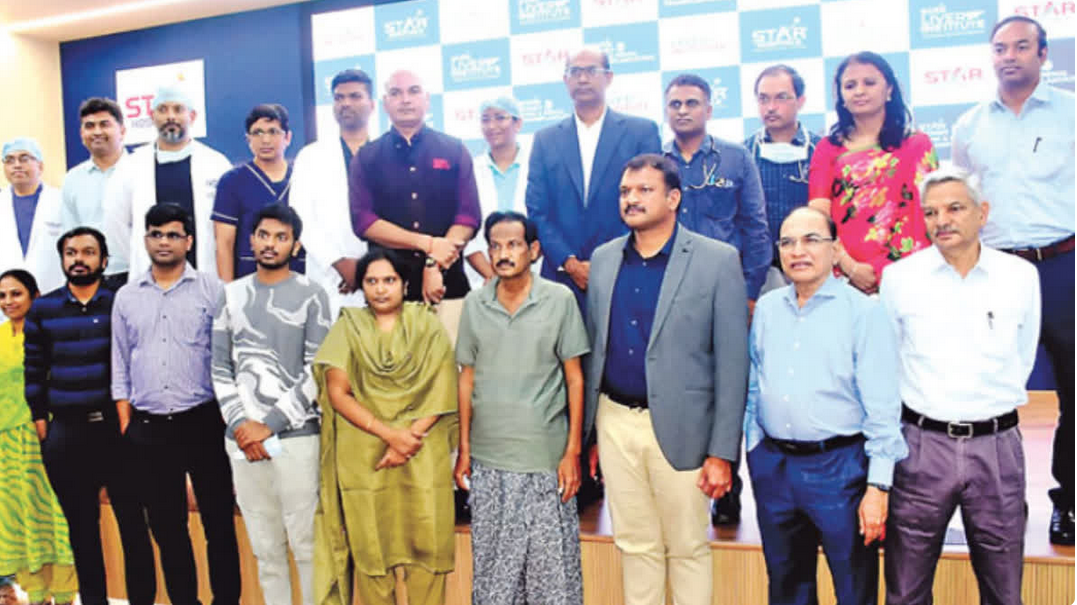In response to the global surge in Mpox cases, the central government of India has directed airport, port, and border authorities to increase vigilance. This proactive step comes as part of a broader strategy to prevent the spread of the virus into India, particularly at critical entry points like airports and land borders with neighboring countries like Bangladesh and Pakistan.
While the threat posed by Mpox may seem alarming, health authorities have emphasized that the situation is under control and that the virus differs from previous outbreaks of Monkeypox. Efforts are being coordinated at both the national and state levels to mitigate the risk of Mpox spreading across the country.
India’s Ministry of Health is taking all necessary precautions to prevent an outbreak. To ensure rapid containment, the government has identified three central hospitals—Safdarjung Hospital, Ram Manohar Lohia Hospital, and Lady Hardinge Medical College—as facilities equipped to isolate and treat potential Mpox cases. This strategic choice reflects the government's aim to create specialized zones for managing cases efficiently, reducing the risk of widespread transmission.
In addition to hospital preparedness, nodal officers have been designated in various hospitals to oversee Mpox-related protocols, ensuring that any suspected cases are managed swiftly. Meanwhile, the National Centre for Disease Control (NCDC) has held multiple meetings with state health departments to update them on the latest developments regarding Mpox and reinforce the importance of alertness at all points of entry into the country.
One of the central pillars of India’s Mpox preparedness plan is testing. The Indian Council of Medical Research (ICMR) has established testing facilities at 32 centers across the country. This network allows for the quick diagnosis of Mpox cases, enabling health authorities to act promptly if the virus is detected.
Enhanced surveillance measures are also in place. Border crossings, especially with Bangladesh and Pakistan, are under close scrutiny, and authorities at airports and seaports have been directed to monitor incoming travelers for symptoms of Mpox. These efforts are vital to preventing the virus from entering the country undetected.
Additionally, authorities are ensuring that comprehensive screening and testing protocols are followed. Passengers arriving from countries with reported cases of Mpox are being screened more thoroughly. Any individual exhibiting symptoms consistent with Mpox—such as rashes, fever, and swollen lymph nodes—is promptly isolated and tested.
Mpox is a viral illness that causes symptoms similar to chickenpox, including fever, rash, and swollen lymph nodes. While the symptoms are generally mild, the disease can become more severe in certain cases, leading to complications. Unlike COVID-19, which primarily affects the respiratory system, Mpox is characterized by skin lesions, similar to smallpox or chickenpox, but the virus itself has distinct differences from both.
According to medical experts, Mpox is generally considered a self-limiting disease, meaning that most cases resolve on their own without extensive medical intervention. However, some cases can become severe, particularly in individuals with weakened immune systems, which is why prompt detection and isolation are crucial.
While the mortality rate associated with Mpox is higher than with many other viral infections, health authorities have emphasized that the chances of a large-scale outbreak in India remain low. The government’s proactive measures, combined with the relatively low risk of sustained transmission, have led experts to believe that India is well-prepared to handle any potential cases.
India’s preparedness for Mpox has also been strengthened by lessons learned from the COVID-19 pandemic. The health infrastructure that was built and expanded during the pandemic—such as testing labs, isolation facilities, and digital health monitoring systems—is now being leveraged to combat Mpox. This level of preparedness is critical, as it allows the country to respond quickly to new health threats and prevent them from escalating into larger crises.
In light of the rising Mpox cases worldwide, Principal Secretary to the Prime Minister, PK Mishra, led a high-level review meeting to assess India’s preparedness. The meeting focused on ensuring that the country’s health systems are ready to respond to any potential cases of Mpox. Enhanced surveillance measures were discussed, with a particular focus on the early detection of cases at ports of entry and the swift implementation of containment strategies.
During the meeting, it was reported that, as of now, there have been no confirmed cases of Mpox in India. However, the country remains on high alert, with ongoing monitoring and evaluation of the situation. The government’s approach is to remain vigilant, ensuring that any emerging cases are identified and isolated quickly, preventing the virus from spreading within the community.
Mpox has been classified as a public health emergency of international concern by the World Health Organization (WHO), primarily due to its prevalence in parts of Africa. The virus is known to spread through close contact with infected individuals, as well as through contact with contaminated materials such as clothing or bedding. While there have been no specific travel advisories issued by the WHO at this time, countries around the world are taking precautions to prevent the virus from spreading further.
India’s approach aligns with global best practices, focusing on early detection, isolation, and containment. By staying ahead of the curve and implementing robust surveillance and testing protocols, India aims to minimize the impact of Mpox and protect public health.
Raising public awareness about Mpox is an important aspect of the government’s strategy. By informing the public about the symptoms of Mpox and encouraging individuals to seek medical attention if they suspect they may be infected, the government hopes to catch potential cases early and reduce the risk of transmission.
Additionally, preventive measures such as good hygiene practices, avoiding close contact with infected individuals, and proper use of personal protective equipment (PPE) can help minimize the risk of contracting Mpox. Public health campaigns may be launched to educate people about these preventive measures, especially in high-risk areas such as airports, borders, and healthcare settings.
As the world continues to grapple with new health threats, India’s proactive approach to Mpox demonstrates the country’s commitment to protecting public health. By strengthening surveillance at ports of entry, increasing testing capabilities, and preparing hospitals for potential cases, India is well-equipped to manage the Mpox situation.
While the risk of a large-scale outbreak in India remains low, the government’s vigilance and preparedness are key to preventing the virus from spreading. With ongoing monitoring and a focus on early detection and containment, India is poised to handle any potential Mpox cases effectively.
In the face of this new health challenge, the importance of public awareness and preventive measures cannot be overstated. By staying informed and following recommended guidelines, individuals can play a crucial role in helping to stop the spread of Mpox and keep their communities safe.
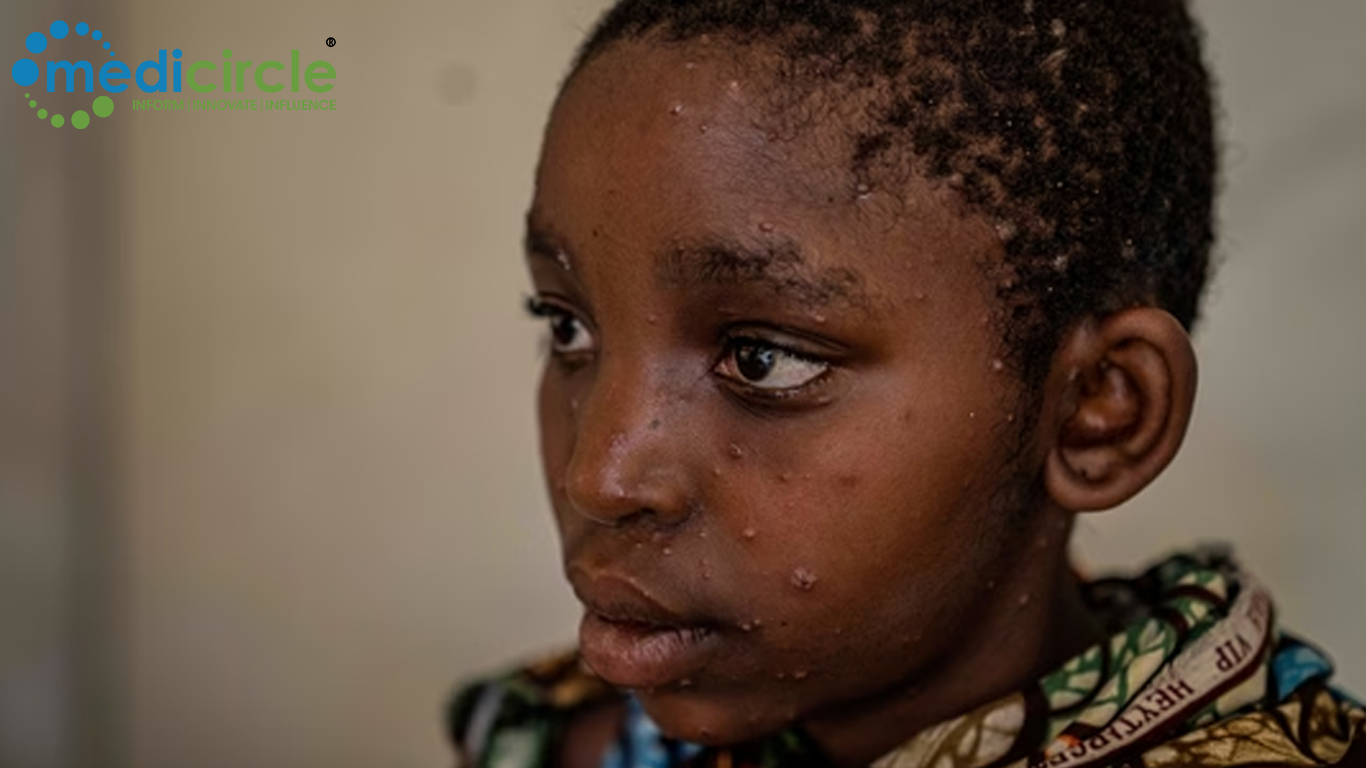
 While the risk of a large-scale outbreak in India remains low, the government’s vigilance and preparedness are key to preventing the virus from spreading.
While the risk of a large-scale outbreak in India remains low, the government’s vigilance and preparedness are key to preventing the virus from spreading.










.jpeg)


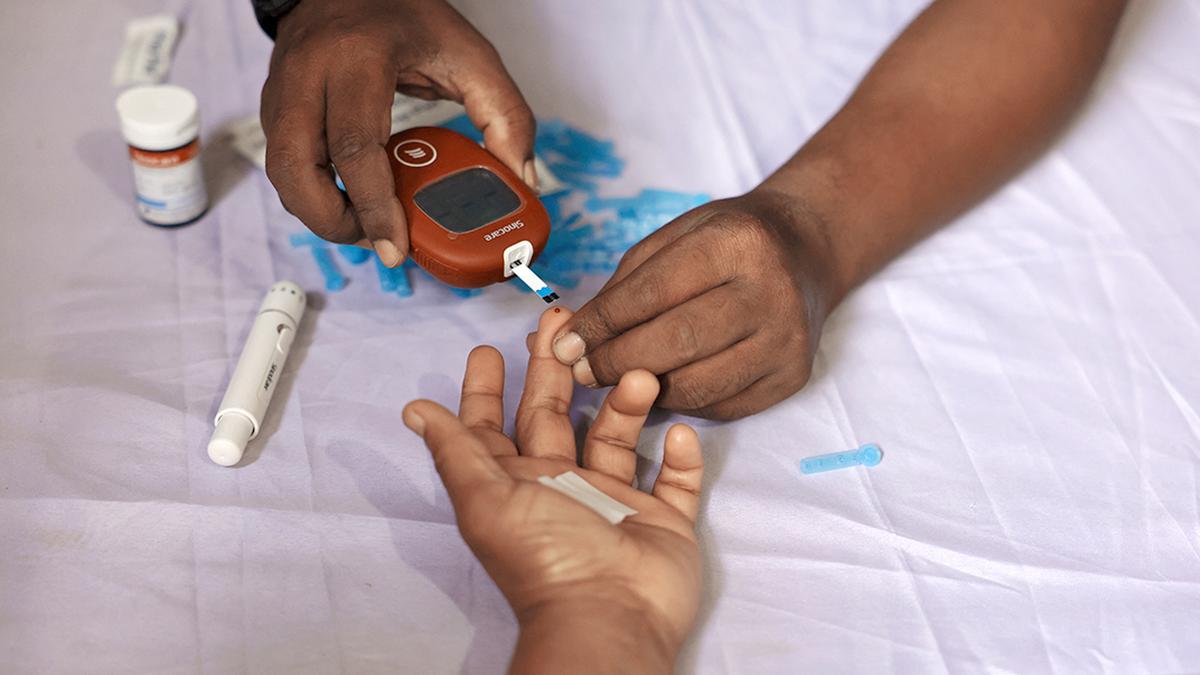
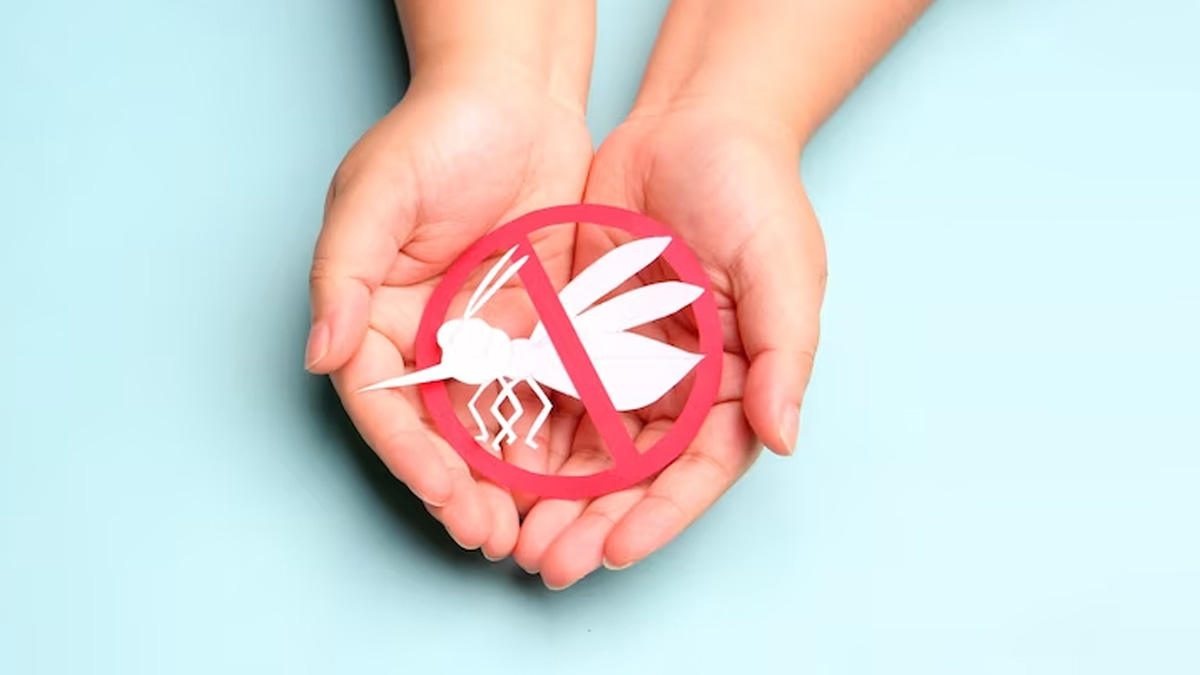
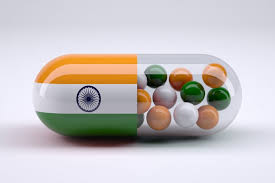



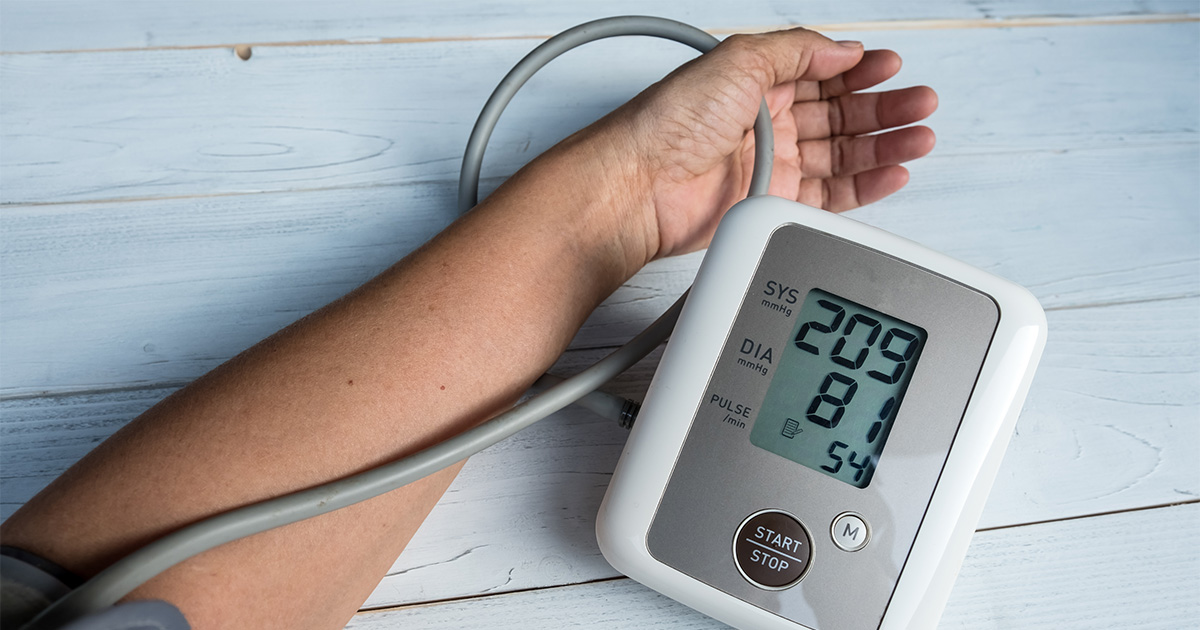

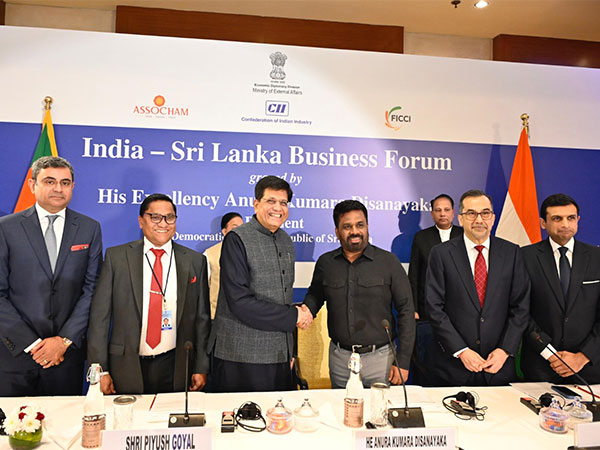
.jpg)


